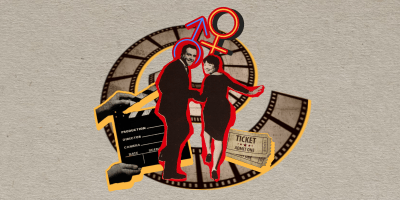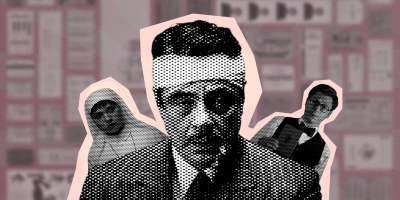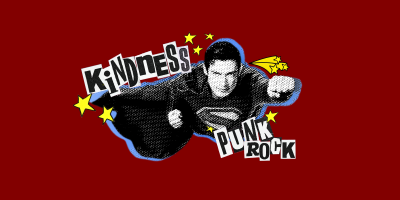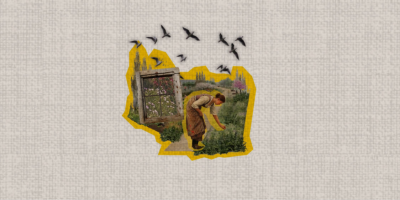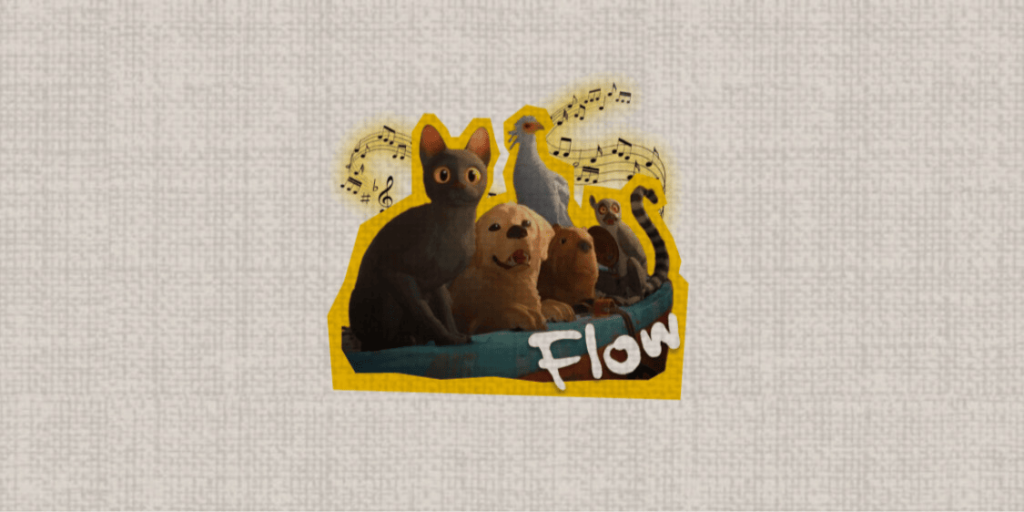
A revolution in the world of animation began to unfold at this year’s Oscars when Flow (2024) became the first-ever Latvian film to win an Academy Award for Best Animated Feature. Directed by Gints Zilbalodis, the story follows a black cat attempting to find refuge and coexistence with other animals on a boat after a big flood displaces them all.
Unlike many other animated films, where talking animals drive the narrative, Flow strips dialogue away entirely. It instead relies on the animals’ movements, expressions, and atmosphere to tell a story, proving that silence also speaks volumes. Zilbalodis’ refusal to anthropomorphize his animals is exactly what makes this film work; it is what makes us see ourselves in the characters and forces us to recognize their emotions instead of their words.
Every animal on the boat tells a story, and whether we admit it or not, we share more in common with them than we might think. For instance, the black cat, who is the heart of this film, starts off as a loner — cautious and independent. Over time, however, it slowly shrinks this solitude and realizes that companionship isn’t necessarily a weakness, but rather a source of strength.
From the beginning, we see it (instinctively) hesitating near the river’s edge and avoiding the water. And by the end, although the fear remains, it no longer allows it to dictate its path. The dog, driven by a need to help, embodies loyalty and the strength of community. The capybara, by contrast, is the observer. The lemur, the bird, and the whale each represent different characteristics, contributing to the larger narrative.
What’s especially impressive is how these emotional threads translate to the audience—thanks in large part to the film’s technical execution. Flow was entirely created using Blender, a free and open-source software. The attention to detail in each animal’s movements and the subtle expressiveness of their behavior is a testament to the artistry involved and proof that great animation doesn’t require a massive studio budget.
In an Instagram post, Zilbalodis mentioned using real animal voices in the film to maintain authenticity and further immerse the audience in the world he built. This obviously added to the viewers’ experience as the animals respond with raw, natural instincts.
The film’s pacing is deliberate, never rushed or too slow. Zilbalodis does this to allow for the tension to unfold naturally, and the color palette adjusts itself accordingly. It shifts from soft hues to stark and shadowy contrasts during tense moments, which adds to the overall experience. Every frame is carefully composed, making Flow a great film.
But it seems as though humans aren’t the only ones enjoying this movie. People all around the world are sharing moments on TikTok, Reddit, and Instagram, of their pets being immersed in Flow, and if that is not heartwarming enough, statistics show a large spike in the number of black cat adoptions after the release of Flow.
So what makes Flow so special? It’s the simplicity. The quiet narrative, the subtle execution, and the refusal to over-explain is what makes it resonate so deeply. This simplicity is what allows viewers to see themselves reflected in the characters, even without a single line of dialogue.
If you’re a fan of black cats, beautifully animated films, or stories that move you without saying a word, Flow is absolutely worth watching—perhaps even with your pet curled up beside you. Zilbalodis’ masterpiece connects emotionally in a way that feels honest, immersive, and refreshingly sincere.


